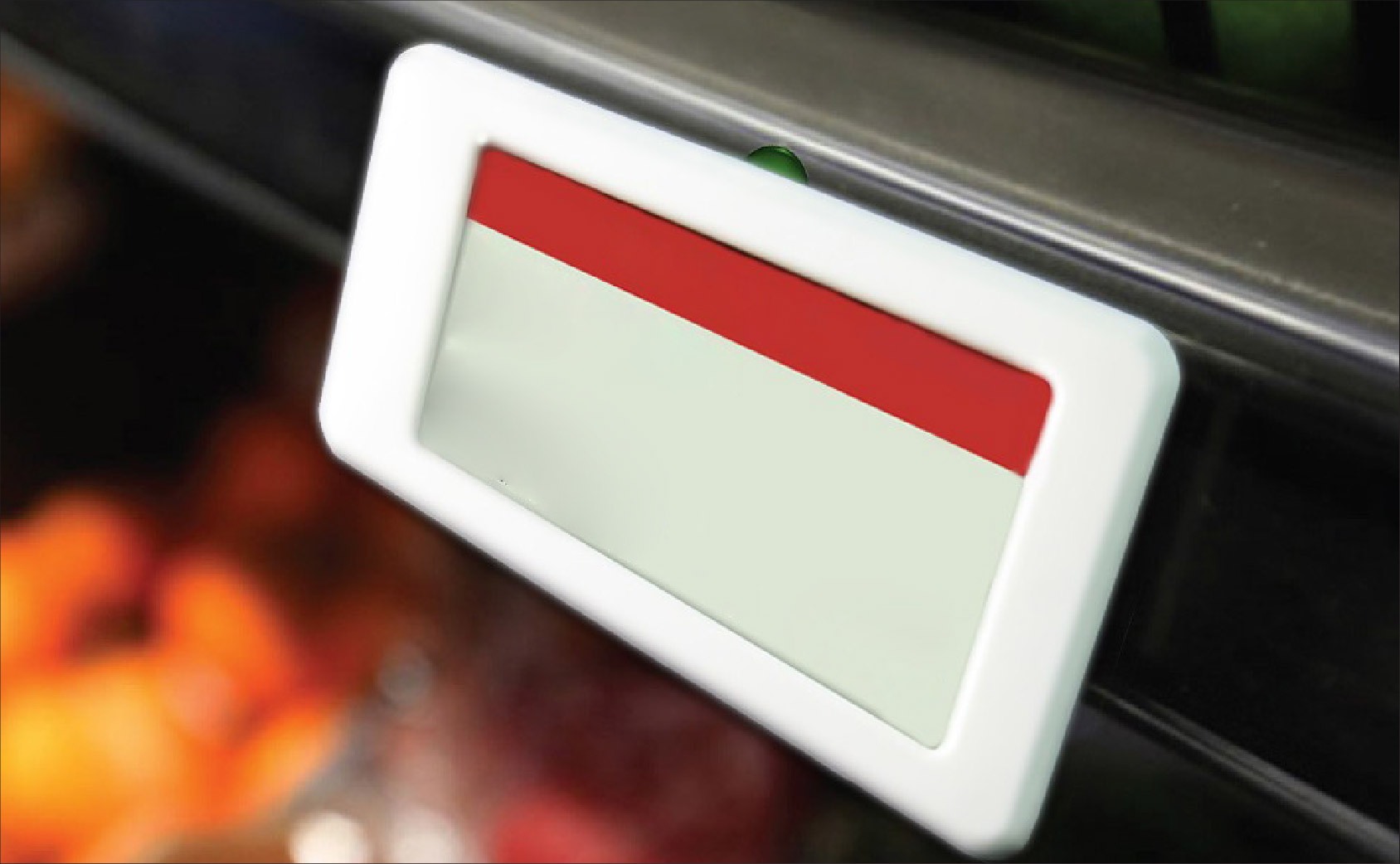Why E-Paper ESLs Are Becoming the Preferred Choice for U.S. Retail Chains

“The U.S. electronic shelf labels (ESL) market is positioned for considerable growth, driven by a combination of technological innovation, shifting consumer behavior, regulatory mandates, and the need for operational efficiency within the retail sector. A significant opportunity exists in the rapid adoption of digital transformation initiatives across retail operations. As supermarkets, hypermarkets, department stores, convenience stores, and specialty stores increasingly implement omnichannel strategies, ESL solutions can serve as a vital link between physical and digital retail landscapes. Retailers have the capability to dynamically update pricing, promotions, and product information in real time, thereby enhancing customer engagement and minimizing pricing errors and manual labor costs.”
The projected increase in market value and volume, particularly within key retail segments, indicates that the deployment of ESLs in high-traffic environments like supermarkets and hypermarkets is a prime opportunity for technology providers. These markets are anticipated to reach USD 259.1 million by 2031, showcasing a compound annual growth rate (CAGR) of 15%. Department stores and warehouse retailers also show significant growth potential, with expected CAGRs of 14% and 14.7%, respectively, highlighting the market's openness to automation and operational optimization.
Additionally, labor cost optimization and workforce efficiency present another major opportunity. As retail labor costs rise and front-line staff shortages persist, ESL systems can substantially reduce the manpower needed for shelf management, price updates, and promotional efforts. The automation of these routine tasks enables employees to concentrate on higher-value functions such as customer service and inventory management, thereby enhancing overall store productivity. Furthermore, ESL technology can be integrated with inventory management and demand forecasting systems to facilitate precise product replenishment, reduce stockouts, and minimize waste, particularly in perishable goods. Specialty and convenience stores, projected to experience steady volume growth with CAGRs of 10.8% and 12.8%, respectively, are likely to benefit from ESL adoption due to their rapid SKU rotations and the necessity for accurate, swift pricing adjustments.
Sustainability has become a critical component shaping the U.S. retail environment and offers another pathway for ESL growth. Transitioning from traditional paper price tags to reusable digital labels aligns with environmental initiatives and corporate social responsibility goals, enabling retailers to diminish paper waste and reduce their carbon footprint. This trend is particularly appealing to national chains and large-scale retail operators who face increased scrutiny from regulators and environmentally conscious consumers. As customers prioritize brands that adopt sustainable practices, ESL implementation can act as a differentiator, enhancing brand image while yielding operational efficiencies. Further, as more retailers embrace green store practices, ESL solutions can be paired with energy-efficient display technologies and integrated with smart lighting or IoT systems, bolstering the sustainability proposition.
The rise of omnichannel retailing and e-commerce integration also offers significant prospects for ESL market expansion. Retailers are increasingly pursuing solutions that enable dynamic pricing and real-time inventory visibility across both physical and digital channels. ESL systems provide a platform for accurate, real-time data synchronization, facilitating flexible pricing strategies, flash promotions, and quick product repositioning based on demand signals. Given that supermarkets and hypermarkets lead in overall market value and volume, they are primed for extensive ESL implementation due to their management of thousands of SKUs and complex promotional cycles. Furthermore, department stores and warehouse retailers are investigating ESL systems to enhance cross-channel inventory visibility, reduce pricing discrepancies, and cultivate customer trust essential factors for fostering repeat purchases and loyalty in competitive retail markets.
Technological advancements in ESL hardware and software further broaden market opportunities. Next-generation ESLs now feature high-resolution e-paper displays, improved wireless connectivity, enhanced battery efficiency, and compatibility with cloud-based platforms, making deployment more cost-effective and scalable. These innovations enable retailers to implement ESLs across larger footprints, including multi-store chains, regional supermarkets, and urban convenience store networks. Integration with mobile applications and in-store digital signage can also enrich customer engagement by offering interactive product information, nutritional data, or personalized promotions. As retailers increasingly focus on experiential shopping, ESL solutions can become essential tools for delivering engaging, informative, and visually appealing in-store experiences, ultimately boosting foot traffic and conversion rates.